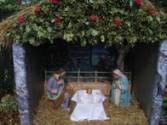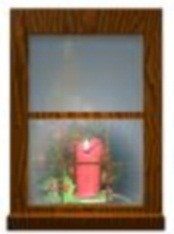Fenor 1996 – Diary of a Parish Community
“The Stations”
[ Note: These Stations are not the Stations of the Cross. – Comms Team.]
“The Stations” were a big part of Irish religious life in earlier times. They are said to go back to the Penal times when Mass was prohibited and priests “on the run” visited a parish once or twice a year. Up to fifty years ago, the stations were held in the houses of each locality. Now they take place in the church. Twice a year, in Lent and October, one house in each townland hosted the stations. Householders took turns so that no house had the stations oftener than every five or six years. The cleaning and whitewashing that went on, inside and out, for weeks beforehand, had to be seen to be believed, and the baking and preparation of food caused many a sleepless night to the woman of the house.
The station Mass was a morning Mass and both priests usually visited as well as a priest’s boy (to lay out the altar). Confessions were heard above in the room (parlour) and Mass was celebrated and Holy Communion received by all. The house would be thronged by all the neighbours, and children of the townland would get the day off school to attend their station. After Mass the head of each household paid the dues or station money to the parish priest and the name and amount was written down by the priest’s “boy” (usually, a man well on in his years). Breakfast was then had by all. The priests and male householders were served in the parlour and the women and children in the kitchen. The fuss and fluster was great and what a relief to the woman of the house when all were fed and happy. When the priest had said his “goodbyes” and gone on his way, a party, or sometimes a house dance, followed the stations.







